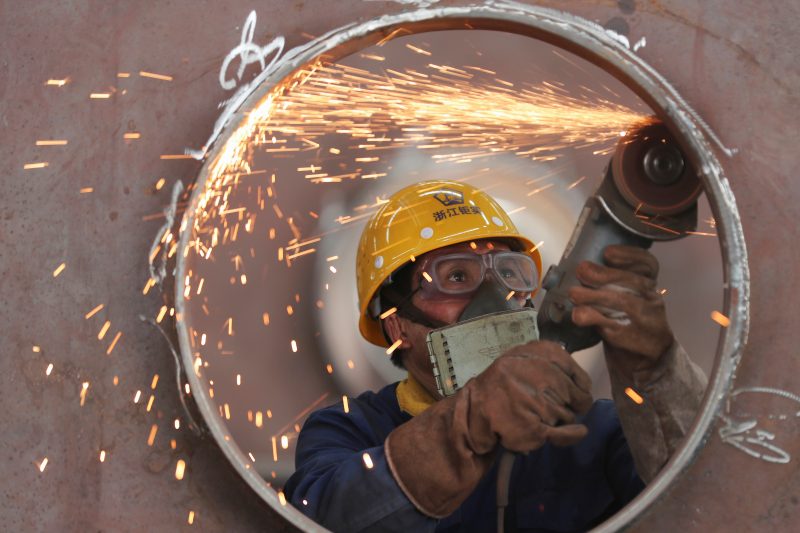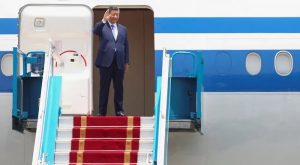Chinese industrial firms’ profits shrank by nearly 23% in the first two months of 2023, according to data from the National Bureau of Statistics (NBS) released on Monday.
China’s industrial companies have been hit by weak global demand and high costs as the country struggles to fully shake the long-term economic impacts from its tough Covid policy over recent years.
The 22.9% contraction followed a 4.0% fall in industrial profits for the whole of 2022, NBS data showed on Monday, pointing to a downbeat start to the year for factories at large.
NBS statistician Sun Xiao attributed the decline to still soft demand despite an uptick in industrial output, according to a statement on the bureau’s website.
ALSO SEE:
China Says Still Committed to Building Healthy, Stable US Ties
Profits down in 28 major sectors
Zhou Maohua, an analyst at China Everbright Bank, said a decline in auto sector profits was a notable drag on manufacturing profits, thanks in large part to a moderation in overall demand, production costs, fading auto subsidies and price wars.
“Currently, international commodity prices remain at high levels and overseas demand is still on a downtrend,” Zhou wrote. “Industrial and manufacturing departments still need to offer policy support, alleviating fiscal, cost and financing pressures and stabilizing firm confidence.”
Foreign firms posted a 35.7% decline in profits, while private-sector firms saw their profits down 19.9%, according to a breakdown of the 887.21 billion yuan ($128.92 billion) profits.
Profits sank for 28 of 41 major industrial sectors during the period, with the computer, telecommunications and other electronic equipment manufacturing industry reporting the heftiest fall at just over 77%.
The data on Monday follows a flurry of economic indicators that show an uneven recovery from a bruising three-year battle against the Covid pandemic.
Factory output growth accelerated to 2.4% in January-February, data showed earlier this month. The reading slightly undershot a 2.6% rise forecast in a Reuters poll of analysts.
While retail sales swung back to growth, property investment continued to decline despite robust government support aimed at reviving the ailing housing market.
PBOC cuts reserves ratio banks must hold
Beijing is seeking to get the economy back on a recovery track and set a modest growth target of around 5% for this year at this month’s annual parliamentary gathering.
China’s central bank this month unexpectedly cut the amount of cash that banks must hold as reserves for the first time this year to help support the economic recovery.
During an executive meeting of the State Council, or the cabinet, China’s new premier Li Qiang pledged to push the overall economy to improve persistently while fending off major risks effectively, according to state media.
Industrial profit numbers cover firms with annual revenues of at least 20 million yuan from their main operations.
Combined January and February data are published for most economic indicators to flatten out distortions from the shifting timing of the Lunar New Year.
- Reuters with additional editing by Jim Pollard
ALSO SEE:
China Raids Office of US Due Diligence Firm, Detains Staff
Tim Cook Lauds China ‘Innovation’ at Key Business Summit
US Adds 14 More Chinese ‘Entities’ to Unverified List
China’s Super Rich Suffer as Tech Crackdowns, Covid Costs Hit
























